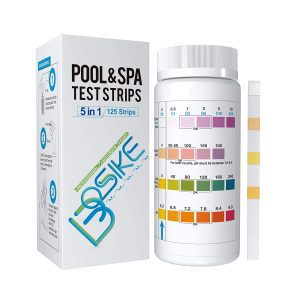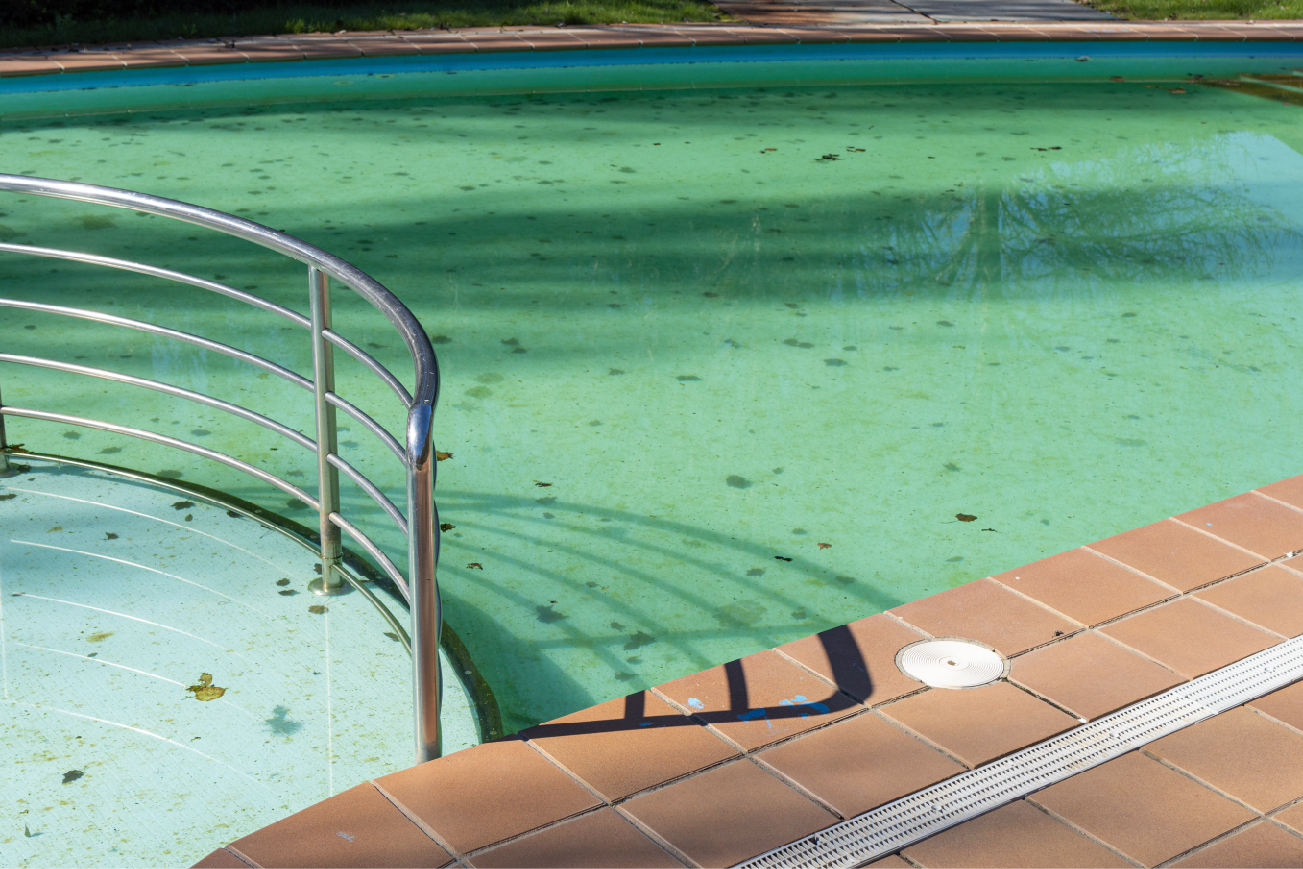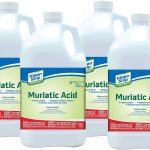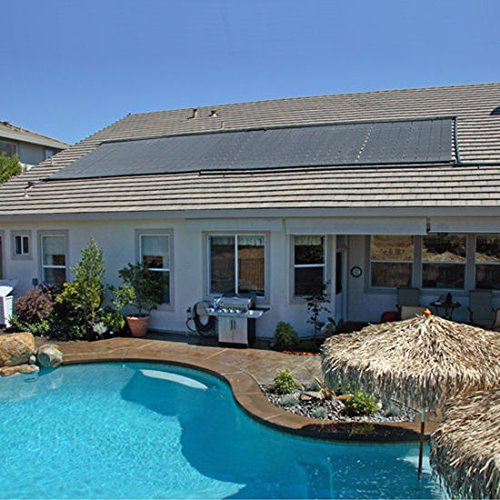
Pool Stabilizer 101: Understanding the Importance, Testing Options, and Chemicals for Balanced Pool Water
A crystal-clear, well-maintained swimming pool not only looks inviting but also ensures the safety and comfort of swimmers. An essential yet often overlooked aspect of pool maintenance is the use of pool stabilizers. This article will explore the importance of pool stabilizers, testing options, and the types of chemicals used to balance them for maintaining pristine pool water.
- The Importance of Pool Stabilizers
Pool stabilizers, also known as cyanuric acid or conditioner, play a vital role in protecting the effectiveness of chlorine sanitizers in swimming pools. They perform the following functions:
- Protect chlorine from UV degradation: Sunlight’s UV rays can rapidly break down free chlorine, reducing its effectiveness as a sanitizer. Pool stabilizers shield chlorine molecules from UV radiation, prolonging their sanitizing capabilities.
- Reduce chlorine consumption: By protecting chlorine from UV degradation, pool stabilizers help reduce the amount of chlorine needed to maintain proper sanitizer levels, ultimately saving money on pool chemicals.
- Maintain water balance: Pool stabilizers contribute to the overall water balance by interacting with chlorine, pH, and alkalinity levels, helping to create a stable and comfortable swimming environment.
- Ideal Cyanuric Acid Levels for Swimming Pools
The recommended cyanuric acid level for outdoor swimming pools is between 30 and 50 parts per million (ppm). Indoor pools typically do not require stabilizers since they are not exposed to direct sunlight.
- Testing Options for Cyanuric Acid Levels
Regularly testing cyanuric acid levels is essential for maintaining balanced pool water. The following testing options can help you monitor your pool’s stabilizer levels:
a. Test Strips
Cyanuric acid test strips are a quick and easy way to measure stabilizer levels in your pool. Simply dip the test strip into the pool water, wait for the specified time, and compare the color change to the provided chart.
b. Liquid Test Kits
Liquid test kits for cyanuric acid use a turbidity test method, where a reagent is added to a water sample, causing cloudiness. The level of cloudiness corresponds to the stabilizer concentration in the water.
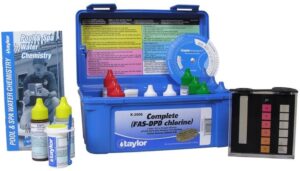
c. Digital Test Kits
Some digital test kits, like the LaMotte ColorQ Pro 7, include a test for cyanuric acid. These test kits offer a user-friendly interface and digital readings, making it easy to monitor stabilizer levels.
- Chemicals Used to Balance Cyanuric Acid Levels
a. Adding Cyanuric Acid
If your pool’s cyanuric acid levels are too low, you will need to add a stabilizer to protect the chlorine from UV degradation. Granular cyanuric acid is the most common type of stabilizer used in swimming pools. Follow the manufacturer’s instructions to determine the appropriate amount to add based on your pool’s volume.
b. Lowering Cyanuric Acid
If cyanuric acid levels are too high, the only effective way to lower them is by diluting the pool water. This can be done by partially draining the pool and refilling it with fresh water. Be sure to test the water again after refilling to ensure the stabilizer levels are within the recommended range.
- Tips for Maintaining Balanced Cyanuric Acid Levels
-
-
- Test your pool water regularly: Monitoring cyanuric acid levels at least once a month can help you maintain the recommended stabilizer range.
- Add stabilizer gradually: When adding cyanuric acid, it’s better to add smaller amounts and test the water again, rather than adding too much at once.
- Avoid over-stabilization: Over-stabilized pools can reduce the effectiveness of chlorine, leading
- Avoid over-stabilization: Over-stabilized pools can reduce the effectiveness of chlorine, leading to issues such as algae growth and cloudy water. It is essential to maintain the recommended cyanuric acid levels to prevent these problems.
- Use stabilized chlorine products cautiously: Stabilized chlorine products, such as trichlor tablets and dichlor granules, contain cyanuric acid. While they can help maintain appropriate stabilizer levels, overuse can lead to over-stabilization. Monitor your cyanuric acid levels closely when using these products and adjust your usage accordingly.
- Maintain overall water balance: In addition to cyanuric acid levels, it’s crucial to monitor and maintain appropriate levels of other water balance parameters, such as pH, alkalinity, and sanitizer levels, to ensure a comfortable and safe swimming environment.
Pool stabilizers, or cyanuric acid, play a vital role in maintaining the effectiveness of chlorine sanitizers and preserving the overall water balance in swimming pools. By understanding the importance of pool stabilizers, using reliable testing options, and employing the proper chemicals to balance cyanuric acid levels, you can ensure a safe, comfortable, and enjoyable swimming experience for all pool users. Regular testing and maintenance will not only extend the life of your pool equipment but also contribute to the health and well-being of swimmers -

